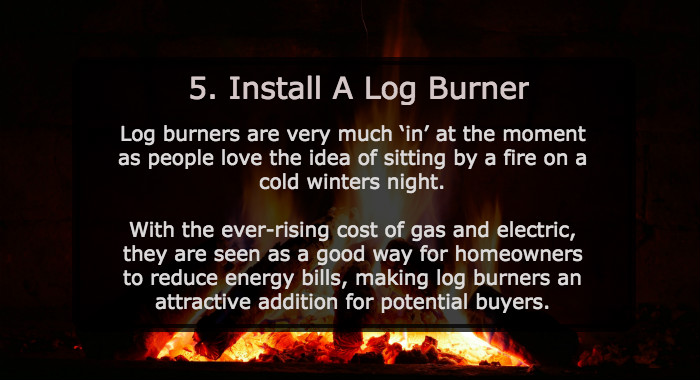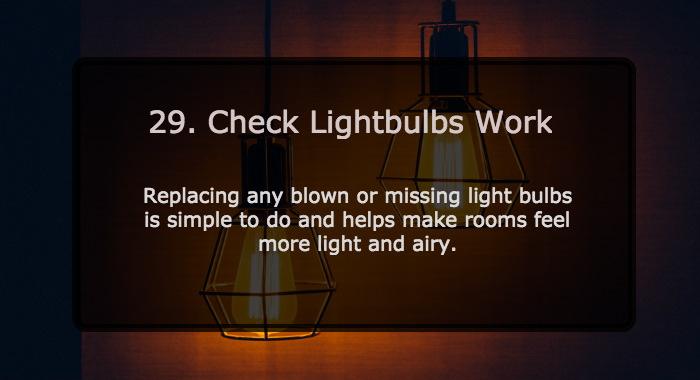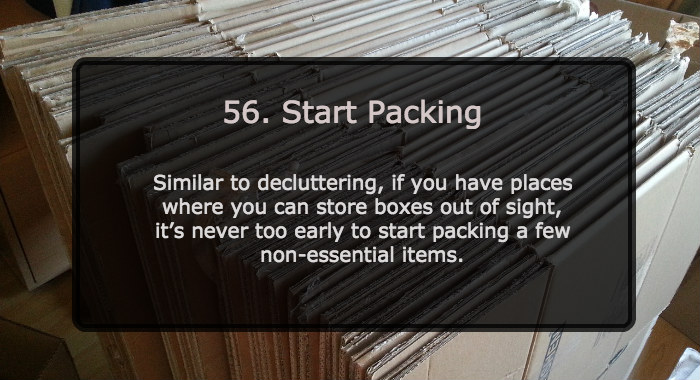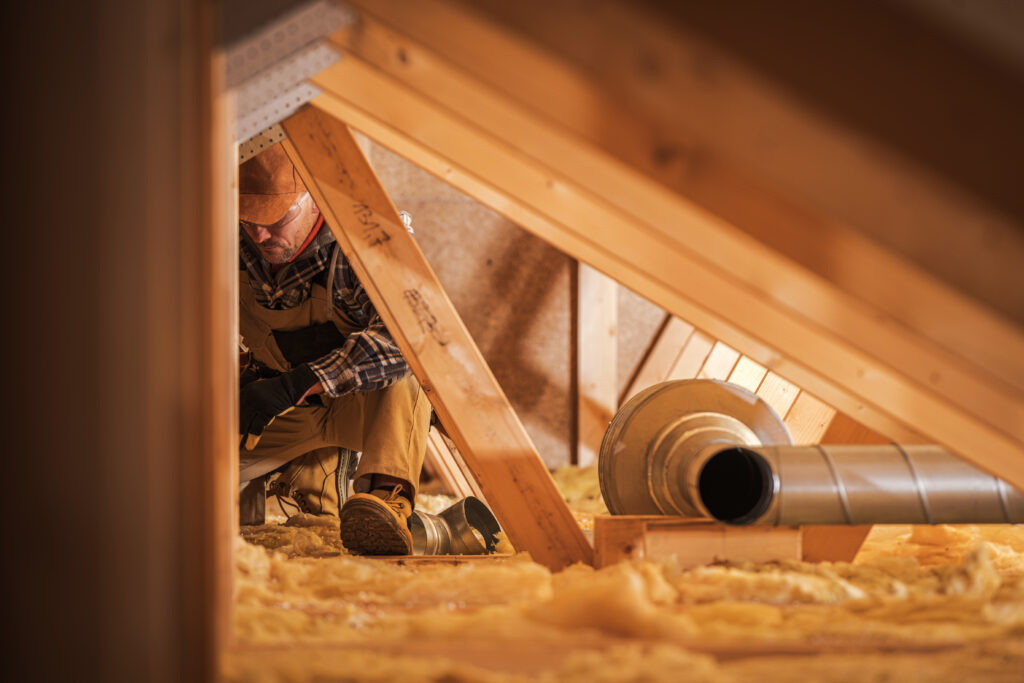
‘Government acts to protect tenants’ says Gove in landlord clampdown
The move comes after Gove wrote to all councils and housing associations last weekend, saying they must raise the bar dramatically on standards and demanding urgent action where people complain about damp and mould.
Gove says: “RBH failed its tenants so it will not receive a penny of additional taxpayers’ money for new housing until it gets its act together and does right by tenants. Let this be a warning to other housing providers who are ignoring complaints and failing in their obligations to tenants. We will not hesitate to act.
“Everyone deserves the right to live in safe, decent home and this Government will always act to protect tenants.”
Want to comment on this story? If so…if any post is considered to victimise, harass, degrade or intimidate an individual or group of individuals on any basis, then the post may be deleted and the individual immediately banned from posting in future.






















